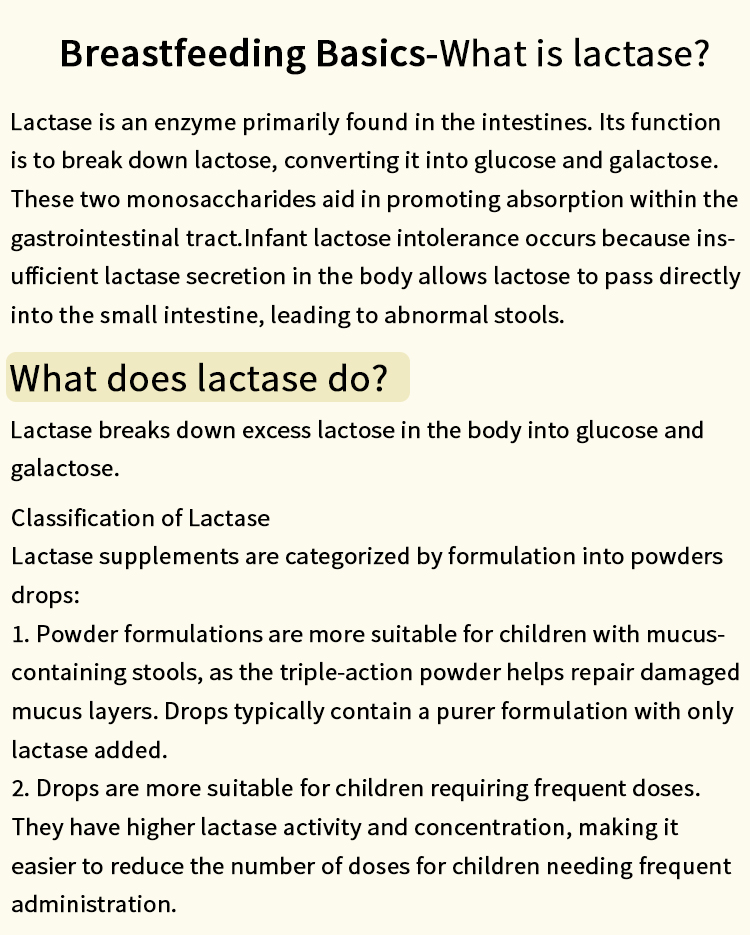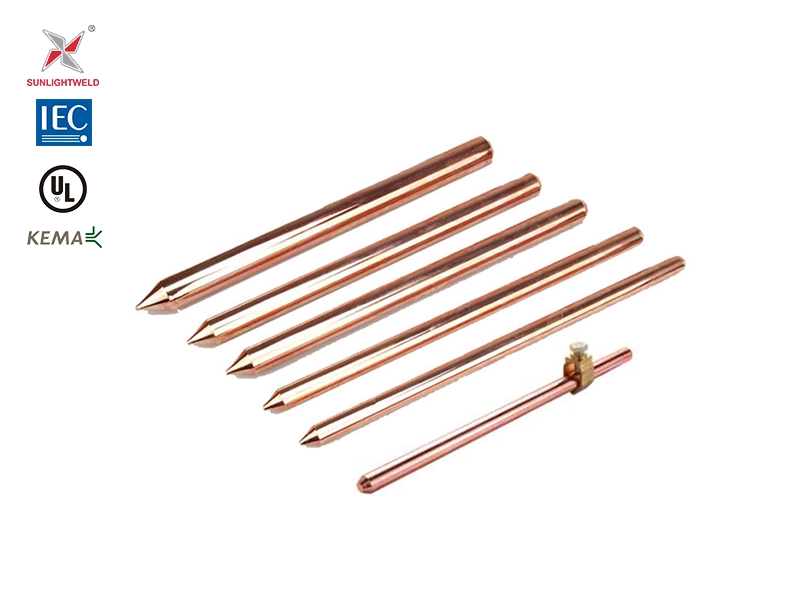In an era where health and wellness have taken center stage, the question of how much to pay for a gym membership is more relevant than ever. With a plethora of options available—from high-end fitness clubs to budget-friendly gyms—determining a reasonable price can be daunting. This article aims to dissect the factors influencing gym membership costs, provide a framework for evaluating value, and help you make an informed decision.
Understanding the Cost Spectrum
Gym memberships can range from as low as $10 per month to over $200 for premium facilities. To understand what constitutes a reasonable price, it’s essential to consider the following categories:
- Budget Gyms: These facilities typically charge between $10 to $30 per month. They offer basic equipment and limited amenities, focusing on providing essential workout spaces without frills. While they may lack group classes or personal training services, they are ideal for individuals who prioritize affordability and self-directed workouts.
- Mid-Range Gyms: Priced between $30 to $80 per month, mid-range gyms often provide a more comprehensive experience. They usually include a wider variety of equipment, group classes, and sometimes additional amenities like saunas or swimming pools. This tier appeals to those seeking a balance between cost and quality.
- Premium Gyms: These establishments can charge anywhere from $80 to $200 or more per month. Premium gyms often feature state-of-the-art equipment, extensive group classes, personal training options, and luxurious amenities such as spas and cafes. For fitness enthusiasts who value a high-end experience and personalized services, this price range may be justified.
Factors Influencing Gym Membership Costs
When evaluating how much to pay for a gym, consider the following factors:
- Location: The geographical area significantly impacts gym pricing. Urban centers typically have higher costs due to increased overhead expenses. Conversely, gyms in suburban or rural areas may offer more competitive pricing.
- Facilities and Equipment: The quality and variety of equipment available can justify higher membership fees. Gyms that invest in the latest fitness technology and maintain their equipment tend to charge more.
- Amenities and Services: Additional services such as personal training, nutrition counseling, and group classes can add value to a membership. Assess whether these services align with your fitness goals and if they justify the cost.
- Membership Structure: Some gyms offer flexible membership options, such as pay-as-you-go or short-term contracts, which may be more cost-effective for those who do not plan to commit long-term. Understanding the membership structure can help you avoid unnecessary expenses.
- Promotions and Discounts: Many gyms run promotional offers or discounts for students, military personnel, or corporate partnerships. Taking advantage of these can significantly reduce your overall costs.
Evaluating Value Beyond Price
While cost is a crucial factor, it’s essential to evaluate the overall value of a gym membership. Here are some considerations to help you assess whether a gym is worth the price:
- Trial Periods: Many gyms offer free trials or short-term memberships. Utilize these opportunities to gauge the environment, equipment quality, and class offerings before committing.
- Community and Culture: A supportive community can enhance your fitness journey. Visit the gym during peak hours to observe the atmosphere and see if it aligns with your preferences.
- Accessibility: Consider the gym's hours of operation and location relative to your home or workplace. A conveniently located gym with flexible hours can save you time and increase your likelihood of regular attendance.
- Long-Term Commitment: If you find a gym that meets your needs, consider signing a longer-term contract. Many gyms offer lower monthly rates for annual memberships, which can save you money in the long run.
Conclusion: Finding Your Fitness Sweet Spot
Determining how much is reasonable to pay for a gym membership ultimately depends on your individual needs, preferences, and fitness goals. By understanding the cost spectrum, evaluating the factors that influence pricing, and assessing the overall value of a gym, you can make an informed decision that aligns with your lifestyle.



More Stories
Say Goodbye to Choice Overload: A Step-by-Step Guide to Choosing the Right Lactase Enzyme
Rebaudioside M: Natural Sweetener for Nutrition
SUNKONZ Blender's Daxue Winter Wellness Hacks